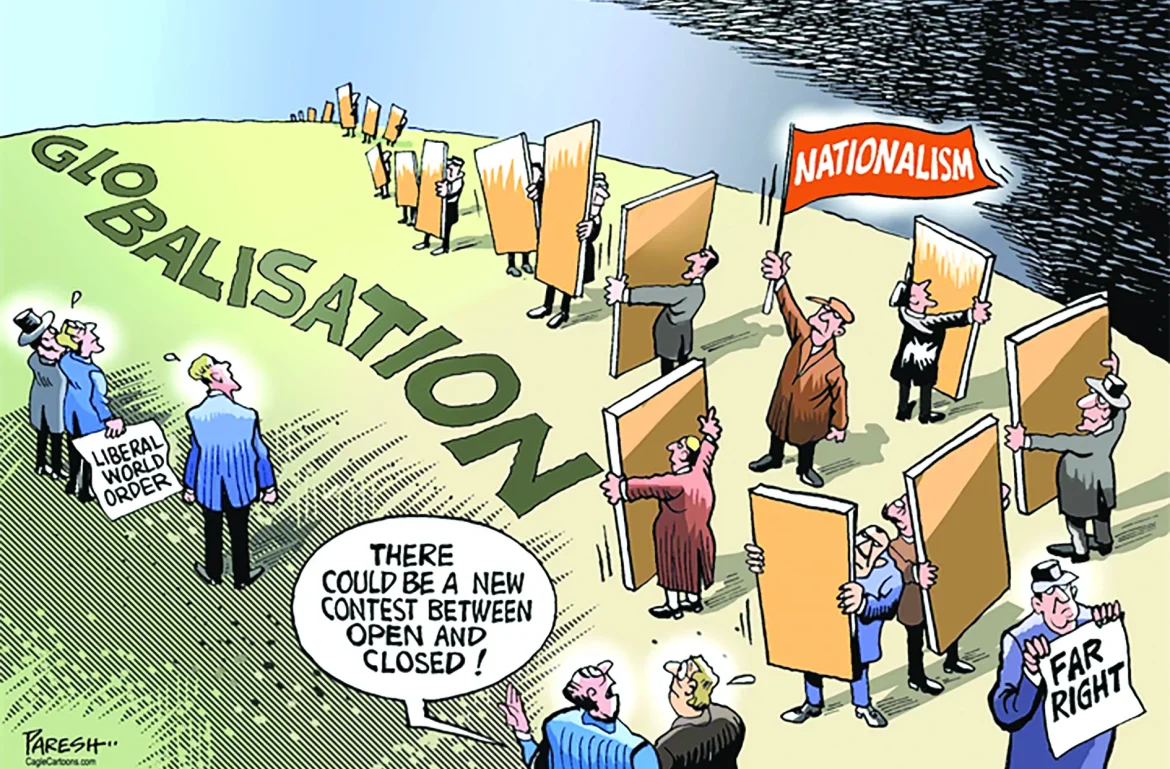One clear manifestation of this shift is the rise of hybrid identities. Many people now navigate dual or even multiple cultural frameworks. A person might speak one language at home, another at work, and consume media in a third. This blending can enrich personal perspectives and encourage empathy toward different worldviews. However, it can also create challenges, such as feeling “not fully” part of any single group.
Advertisement
Globalization has also influenced how cultures are represented and consumed. International cuisine, music, and fashion trends spread rapidly, often detached from their original context. While this increases cultural visibility, it can also lead to oversimplification or commodification, reducing deep traditions to marketable stereotypes. This is why cultural exchange must be distinguished from cultural appropriation—one is a respectful sharing, while the other is an extraction without acknowledgment or understanding.
Technology plays a double-edged role in shaping identity. On one hand, social media allows people to share traditions, connect with diaspora communities, and create platforms for cultural storytelling. On the other hand, online spaces can foster homogenization, as dominant global trends overshadow local voices. Algorithms tend to prioritize popular content, which may marginalize niche cultural expressions.

